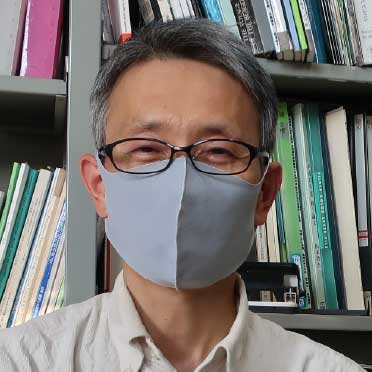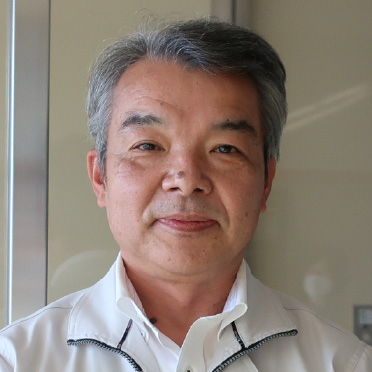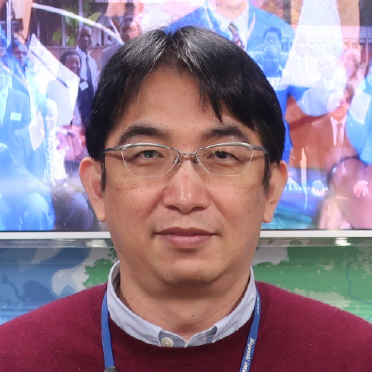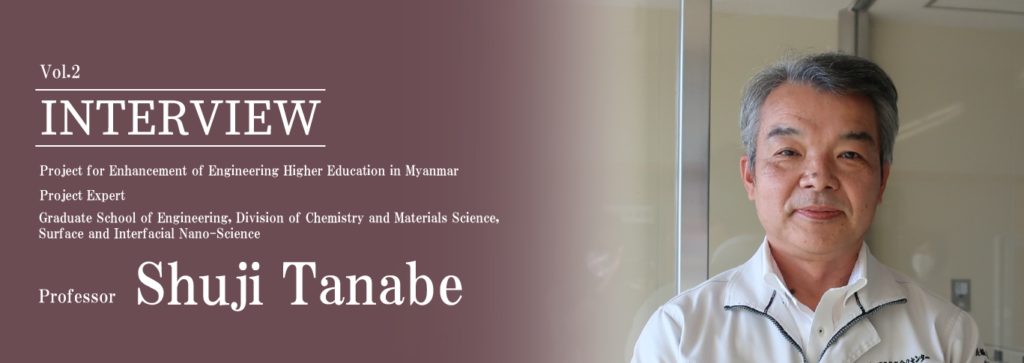
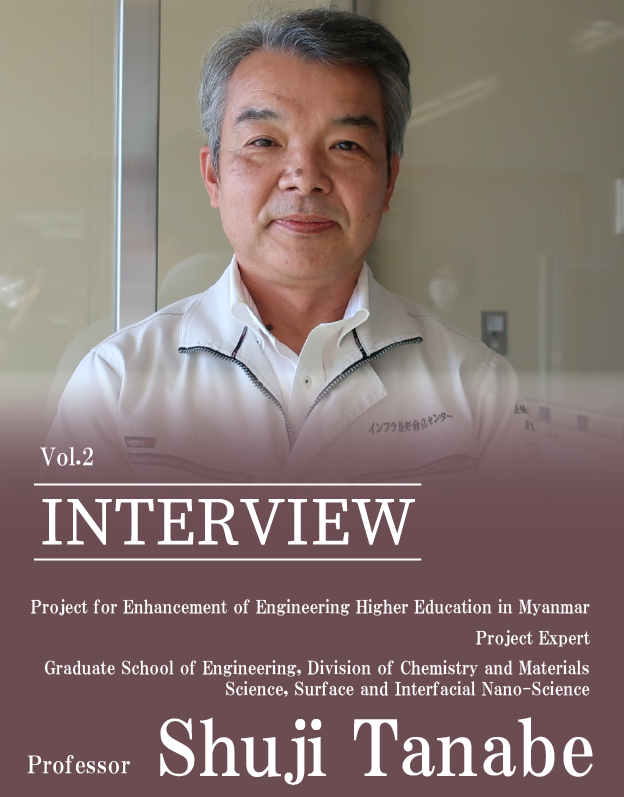
We interviewed Professor Shuji Tanabe of the Graduate School of Engineering, who is working as an expert on the Project for Enhancement of Engineering Higher Education in Myanmar (October 2014 – December 2020), about the project initiatives and current state of affairs.
――This project aims to contribute to the economic and social development of Myanmar by producing high-quality graduates from Yangon Technological University and Mandalay Technological University and securing their employment in companies, academia, and government agencies. The project is being implemented in cooperation with the other universities that make up the Consortium of Six National Universities in Japan (i.e., Chiba, Niigata, Kanazawa, Okayama, and Kumamoto Universities) and Kyoto University. How did you come to join the project as an expert, Professor Tanabe?
Prof. Tanabe: I joined the project after the Dean of the Graduate School of Engineering at that time (Professor Takakazu Ishimatsu) told me to. (haha)
When Myanmar was democratized in 2011, then-President Thein Sein took a comprehensive look at what the country was lacking compared to other countries and recognized that Myanmar was lagging behind not only in industry but also in education.
To rebuild the country, it is necessary to solidify the foundation of industry, and for that, talented people are needed in the field of engineering.
Therefore, to improve engineering education, Myanmar sought support from various countries, and it asked Japan for its support by way of the Japan Myanmar Association.
Prof. Tanabe: In response to this request, Hideo Watanabe, the Chairman of the Japan Myanmar Association (and former Deputy Chief Cabinet Secretary), asked universities involved in the ASEAN University Network/Southeast Asia Engineering Education Development Network (AUN/SEED-Net) for their cooperation but was turned down.
Chairman Watanabe heard from a contact at a newspaper company in Osaka that Dean Ishimatsu at Nagasaki University was interested in this project, so he visited Nagasaki University to meet with Dean Ishimatsu and then-Vice President Takahiko Yamashita. He was told that Nagasaki University could not undertake the project on its own but might be able to do it with the help of the Consortium of Six National Universities in Japan (commonly referred to as the SixERS). This led to the project being kicked off with Nagasaki University and the other members of the Consortium.
Prof. Tanabe: After the democratization of Myanmar began in 2011, the government of Myanmar requested assistance through various channels, not just the Japan Myanmar Association. Government officials from Myanmar, which had successfully transitioned to democracy, were invited to give lectures on the current state of affairs in Myanmar at universities throughout Japan.
After a lecture at Kyoto University, the late Ono Koichi, the Vice President of Kyoto University and a Professor in the Graduate School of Engineering, said that Kyoto University would assist with the project.
At that time, Kyoto University was involved with a JICA project in Egypt, but the project had been suspended due to the unstable situation there.
Therefore, Kyoto University wanted to help improve engineering education in Myanmar in lieu of Egypt, so the project began with cooperation from the members of SixERS and Kyoto University.
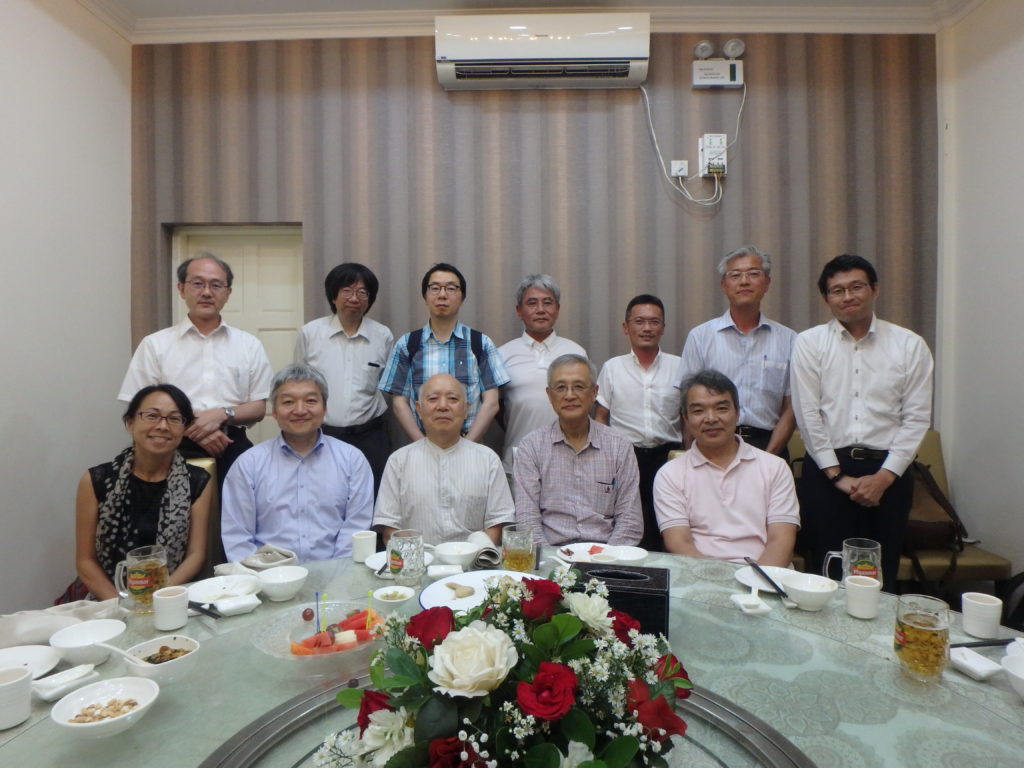
――Nagasaki University is one of seven universities involved in this project, whose activities are wide ranging. What role does the university play?
Prof. Tanabe: In terms of project activities, faculty members from the Graduate School of Engineering travel to Myanmar to provide faculty training programs, research supervision assistance, equipment guidance, and assistance with participation in international conferences to Yangon Technological University and Mandalay Technological University.
We are also accepting faculty members from these counterpart universities as students in our doctoral program.
Aside from this project, the Graduate School of Engineering at Okayama University has also been accepting master’s and doctoral students under the Ministry of Education, Culture, Sports, Science and Technology’s Study in Japan Coordinator Project and JICA’s Innovative Asia scheme.
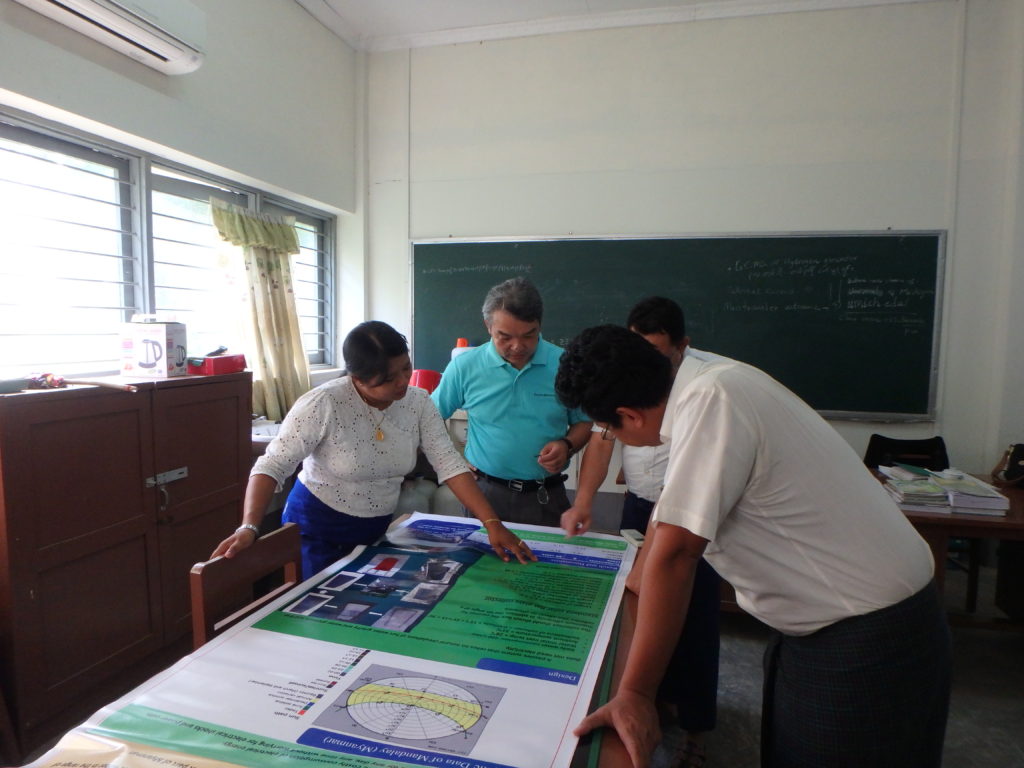
――What were some of the difficulties you faced and joys you encountered in continuing this project in Myanmar?
Prof. Tanabe: There were not many difficulties.
One of the criticisms of JICA projects that many people have voiced is that even if equipment and devices are provided to the partner country, there is no proper follow-up on teaching partners how to use them.
When this project started, I had a discussion with then-Vice President Yamashita about how to ensure it would run smoothly. The conclusion I came to was that it is important to clarify to some degree which people from which organization will provide support.
In this project, we have created Thematic Committees, and we designated which professors from the six universities, not just Nagasaki University, will be in charge of handling those topics (e.g., machinery, electric power, electronics) in order to clearly define a framework for accountability.
In addition, at Presidents’ Meetings and Engineering Deans’ Meetings, we had the Presidents and Deans of Engineering of the partner universities declare that they will participate in the JICA project in Myanmar as one of the six national universities in the Consortium.
In this way, the Presidents and Deans authorized that each professor was not participating in the JICA project on their own accord, but that the project was being undertaken at the university level.
Prof. Tanabe: In this project, one representative from each university attends the JICA Domestic Support Committee meeting, but this meeting is more of a debriefing session where nothing is decided and information is not disseminated to the end users.
Therefore, in order to make this project work practically, we created opportunities (Thematic Committees) to gather all the supervisors from the six national universities somewhere in Japan once a year.
We had the people in charge of the same field gather around a table to discuss and decide what kind of activities to carry out next.
As the core university for this project, Nagasaki University took charge of all these operations. Otherwise, the various universities, each with its own organizations and fields, would not be able to work together.
Prof. Tanabe: As one of the activities of this project, we go to Myanmar twice a year to conduct a one-week training program for the faculty at Yangon Technological University and Mandalay Technological University.
The details of the training are recorded in an itemized report and posted on a web server so that the next person who goes to Myanmar can read it before going there.
In this way, continuity can be maintained even if people change, and we make sure to send the web address of the reports to the successors.
After we created all these systems and started to run them, the project started to run smoothly from about the third year.
Even if the person in charge at JICA changes, we keep a proper log so that they can see how things have been going.
The JICA supervisor has commended us by saying that the project is going very well.
Prof. Tanabe: One of the difficulties was that each of the seven universities has a different way of handling the project, so it was important to ensure coordination.
However, it is unreasonable to try to make everyone adapt to just one way of doing things, so my stance is that each university should run the project how they want to.
That being said, when we actually go to Myanmar and see the current situation, everyone changes their tune.
We feel that they have to do our best to support the people there. In any case, it seems that if you first go to the country or accept doctoral students and see the level and situation of the students first hand, you will be able to take action.
At the beginning of the project, we assigned specific duties to members who would go to Myanmar from Japan, to ensure that our counterparts in Myanmar did not have to worry that the person in charge would not chage over time.
Each university selects a chairperson for each Thematic Committee, and either the chairperson or vice chairperson of the committees always go to Myanmar.
By the time we entered the fourth year, the number of people who had already been to the field at least once had increased, so we have all been taking turns providing in-country guidance.
For example, when providing supervision on a research topic, let’s say electric power, it is necessary to send people who are capable of dealing with the different subfields of that main topic.
In this way, we switched how we dispatch people in the middle of the project to ensure that the in-country guidance could proceed efficiently.
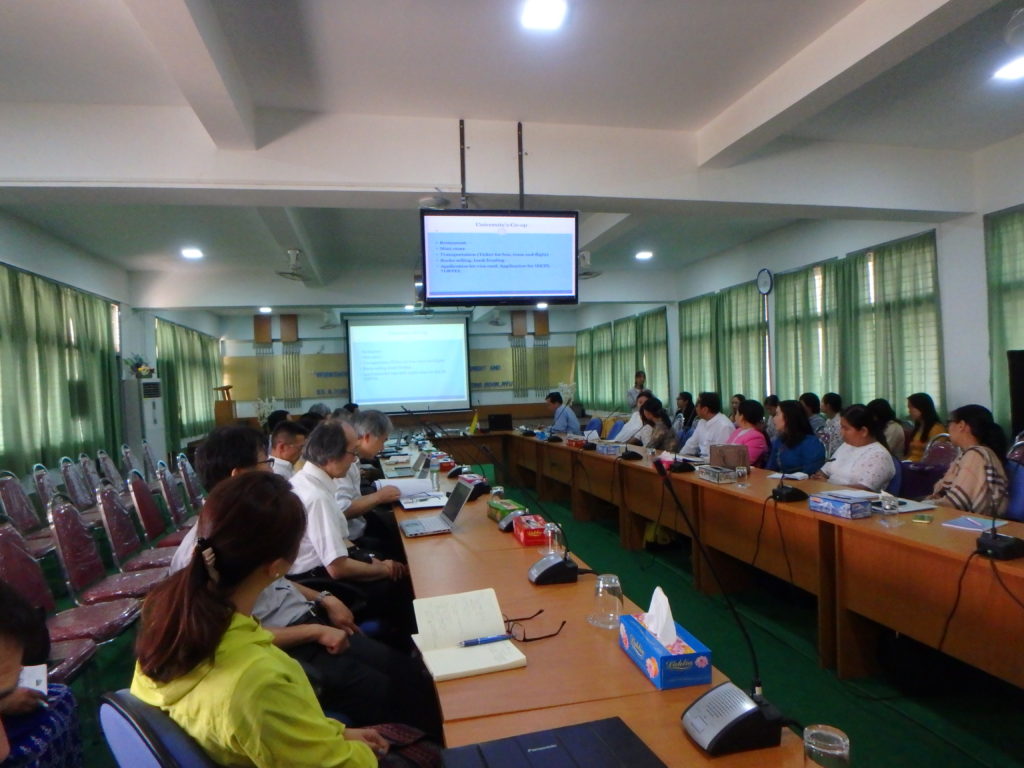
Prof. Tanabe: One of the happiest outcomes of this program is that my English has improved slightly. (haha)
Going forward, I believe that the internationalization of universities and the increase in the number of international students on campus will move at a faster pace at a regional national university like Nagasaki University than at other national universities.
If a large number of international students end up coming to the university, we would have to hurry up to create English teaching materials, but since we are already involved in this project, we have to create English materials whether we want to or not.
By getting ahead of this, we can use the English materials that we have already made for the international students who come to Nagasaki University. One of the main motivations and reasons for participating in this project was to get the faculty used to English.
By doing this, I believe that my English skills and those of my colleagues have improved dramatically.
―― What are the secrets or tips to ensuring that a project involving multiple universities runs smoothly?
Prof. Tanabe: I think the secret is to do the things that you are able to do. When you implement a project and try to do things you cannot actually do, it takes a lot of time and effort.
In the beginning you should not expect to achieve 100%. While you should aim to be number one, I think you should start with the things you can do and then gradually expand from there.
At first, you don’t know how the seven universities will tackle the project, but as you keep in touch with the supervisors at each university, you start to think about who should get involved in the project next.
In this way, you can lay the groundwork and wait until you have gathered a certain amount of information.
As the number of people involved increases little by little, you expand the things you can do and you can go deeper.
If you try to start at 100% capacity from the get-go, your engine will break down, so I think it’s best to start slowly and wait for people to get used to the project.
If someone is going in the wrong direction, instead of forcing them to correct their course, I suggest they try a different direction.
No matter what, I believe that things will only work if the people involved are satisfied with what they are doing.
This leads to people meeting others halfway, and if you can increase the percentage of people who are willing to compromise like this, the overall trend will be positive.
That being said, there are still many people who will go in the opposite direction, but we have to understand that this will happen and think about how to move the project forward as a whole.
It is not a bad thing to have opposing opinions and criticisms; rather, I believe that these are what help the team determine a legitimate standard position.
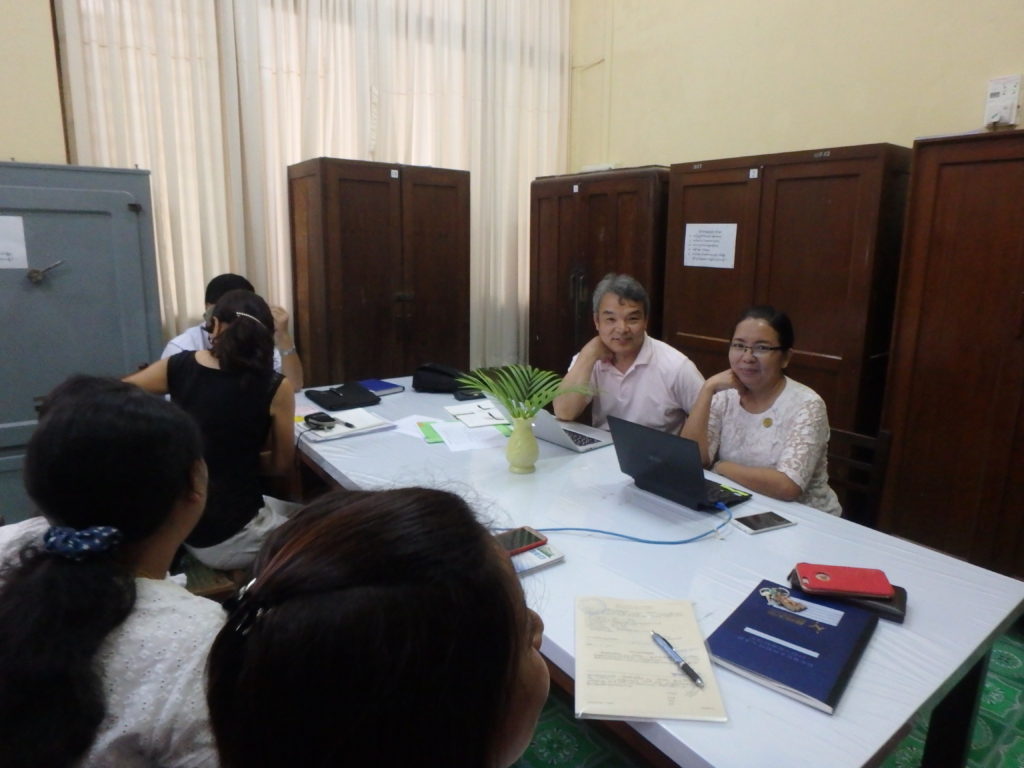
――This project was scheduled to conclude in April 2020. What is the current situation and what is your outlook for the future?
Prof. Tanabe: Due to the impact of COVID-19 in fiscal 2020, we were not able to undertake the activities that we had planned to do.
Because we cannot go to Myanmar, we are supervising our doctoral students online, but it is not very efficient.
Amid this backdrop, we now have to secure enough time for the students to be able to earn their degrees.
Meanwhile, we were building a research center as part of this project, but some unexploded ordnance was found on the building site, so construction was suspended for two years.
In November 2019, the building was finally completed and we installed equipment, so we needed to teach our in-country partners how to use the equipment so they could get used to operating it on their own.
We had planned to travel to Myanmar in April 2020 to do this, but we were unable to go because of COVID-19. We ended up having to provide this guidance online, so the first phase of the project was extended until December 2020.
The second phase is slated to begin in January 2021.
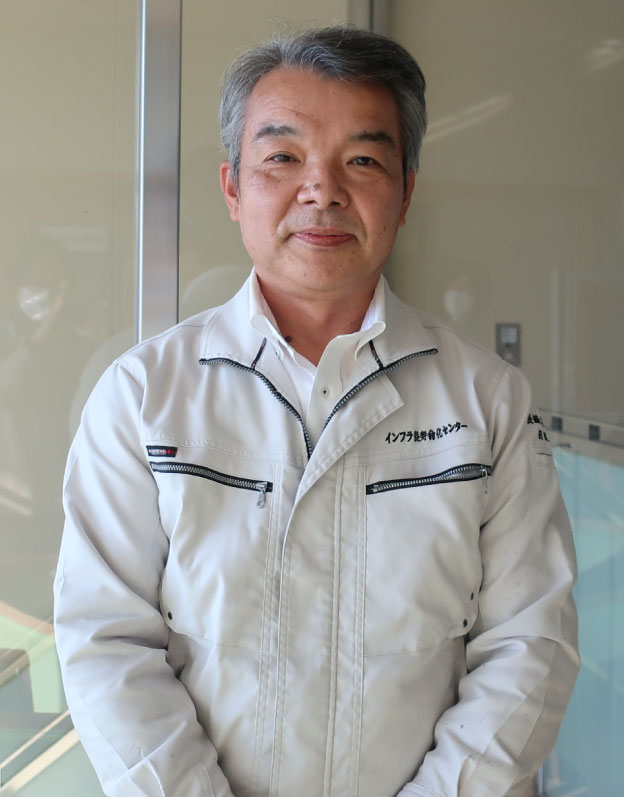
Professor Shuji Tanabe

